

Globally, there is a widening gap between the supply and demand for livestock products as consumption increases (particularly in developing regions) while productivity levels are dwindling. In order to address this disparity, ranchers all over the world have chosen to integrate cattle tracking and management systems into their operations.
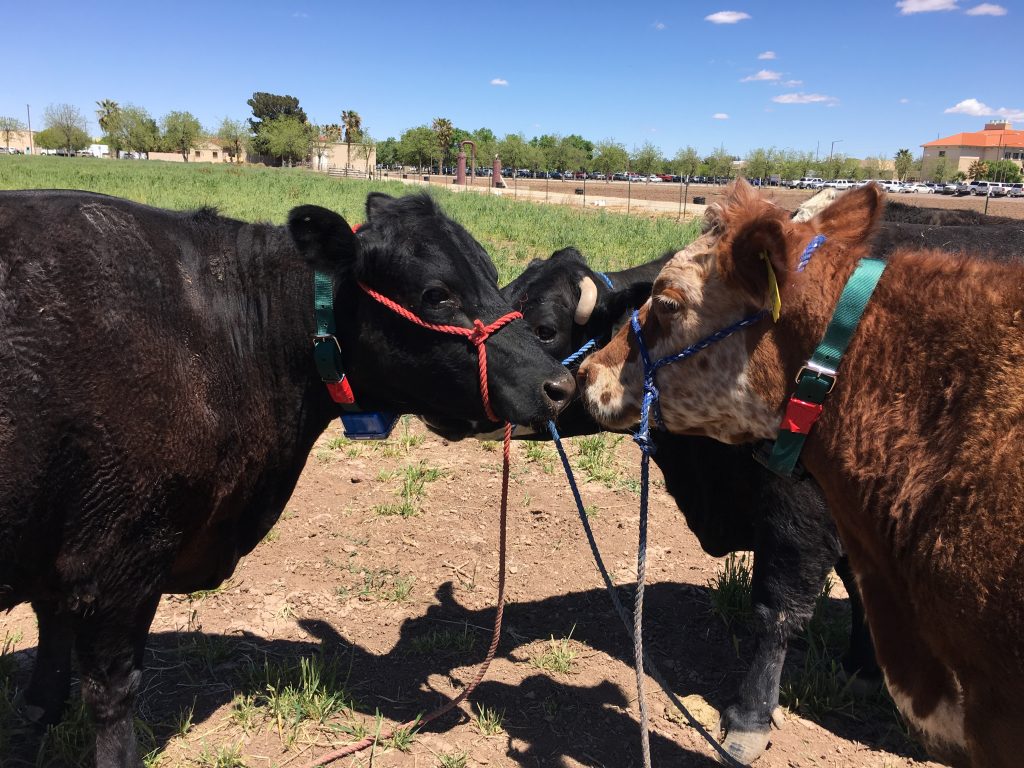
These do not only guide them in ensuring that they are able to tackle the growing global demand but also guarantee livestock productivity and security as herd sizes increase. IoT is one of the main players in enhancing ranch efficiency and productivity through reducing manual work and providing devices and platforms for better farm management.
In New Mexico, the dairy and beef industry make up the highest food-related cash receipts. But livestock businesses can face a lot of risks especially when it comes to tracking the overall state of cattle. For this reason, ranch owners recognize the need to implement effective monitoring of their herd and protect them from unanticipated events, such as theft, sickness, and malnutrition.
The explosion of innovation across tech industries presents endless opportunities for sectors, like the cattle industry, to address their problems. One solution that people in this field turn to is using connected devices. In this article, we’ll take a closer look at how New Mexico State University (NMSU) and USDA ARS Jornada Experimental Range (USDA ARS JER) are helping ranchers solve and prevent problems in cattle tracking using Abeeway’s IoT tracking devices and Actility’s LoRaWAN connectivity.
Ensuring close cattle tracking is a challenge for most ranchers as a sizeable amount of cows roam in vast areas, especially when the feeding style is free range.
In Southwestern America, ranches house up to 7,000 cows and span for about 10,000 to 20,000 hectares. Some of them even cover up to 90,000 hectares of land. For this reason, it is quite difficult to not only pinpoint the location of their cattle, but also knowing the state of their health and water supply.
The distance is so wide that sometimes cars cannot access them which is why ranchers resort to riding horses to check on the cattle. At the same time, they must spend a lot of time doing so because it can take them half a day searching for the herd in wide areas. Additionally, they need to regularly check the drinking water levels in the dedicated water tanks for the cows since a huge part of Southwestern ranches are deserts.
This prevents them from dehydration leading to health complications. Moreover, they also have to monitor rainfall levels in order to monitor grass growth in ranch areas.
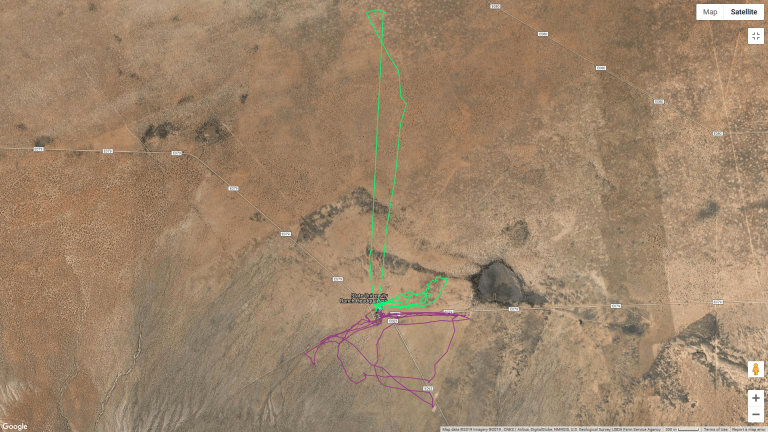
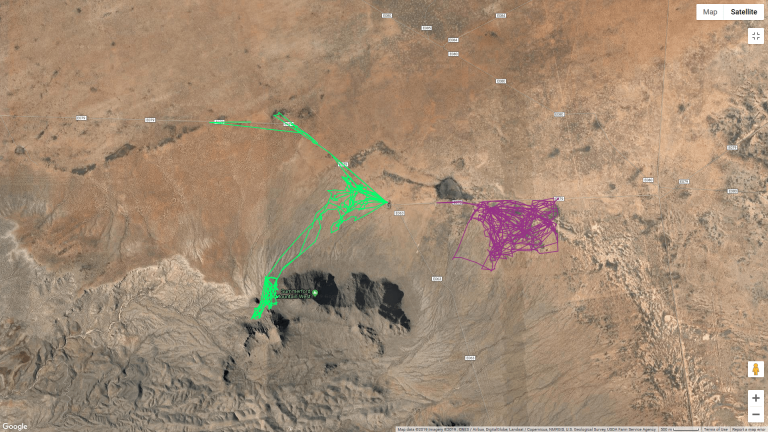
With these challenges in mind, New Mexico State University and USDA ARS Jornada Experimental Range decided to create a Smart Ranch System to address the issues. Specifically, they are searching for a complete off-the-shelf solution especially built for ranchers, which includes LoRaWAN-based cattle tracking, water level sensors with automated water stations, temperature sensors, gateways and network management, a dashboard, and beta-test funding. On top of this, they intend to implement data analytics for them to analyze cattle behaviour and ranch space usage. They will also use the data they will gather for their research in understanding animal behaviour and the usage of ranch land.
Case in point, they want to provide ranchers the accessibility to a complete-packaged solution to manage their ranches and reap the benefits.
NMSU and USDA ARS JER primarily piloted a research and development project for cattle monitoring on a ranch that they own. They have been using classic GPS devices to monitor the herd for 15 years for research purposes. The problem that they faced was their inability to see the location of the animals in real-time caused by a lack of cellular range. Nevertheless, these trackers stored movement data which they manually checked after some time.
Since they were not satisfied with this solution, especially with the work-around that they had to do, they experimented with different devices and packages. They needed a tool that exhibited a battery life of at least 6 or 7 months, ideally a year, and offered excellent location precision at 1 to 5 meters. This system that they are trying to put in place now is not just for research but for ranch management purposes as well.
From what started as a research and development project for cattle tracking and monitoring, NMSU and USDA ARS JER decided to test the Abeeway Low Power Location Trial Package on a ranch that belongs to them. Just recently, they eventually received a government grant that will enable them to implement the system in commercial ranches in the next 5 years. Due to its long-range, wide area nature, LoRaWAN was the obvious connectivity choice for this project.
NMSU and USDA ARS JER determined Abeeway as the most suitable solution out of the devices and packages that they have tried because it did not just provide trackers and the capabilities that they were looking for. It also supplied the LoRaWAN coverage that they needed.
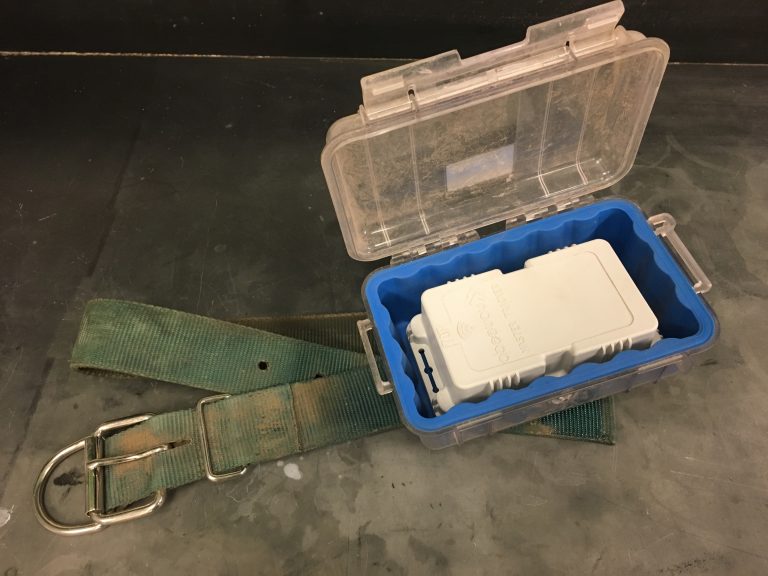
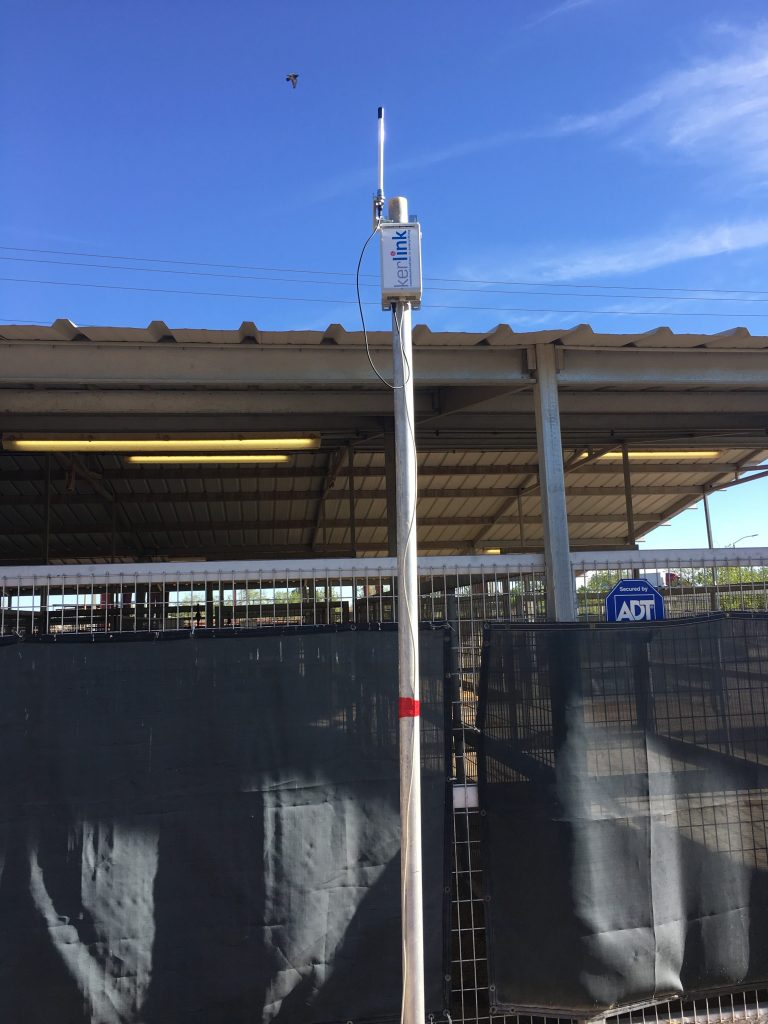
Also, because the coasts are where most LoRa public capabilities are in the US, there was a need for private network deployments in the mid-west ranches. Among all the solutions that they tried, Abeeway, coupled with Actility’s gateway and ThingPark platform, offered the most competitive price.
Using the Abeeway Geo-location Solution with Actility LoRaWAN connectivity delivered several benefits for New Mexico State University and USDA ARS Jornada Experimental Range.
First, they can now perform real-time cattle tracking, which means time saved from having to manually track and monitor the animals. There is also high GPS location precision, which allowed them to better support and facilitate remote ranch operations.
Additionally, ranchers can better protect the overall wellbeing of their cattle with effective water level monitoring. Abeeway’s geofencing feature will also help reduce the risk of theft or losing the animals as it shows them when cows are going in or out a specific area.
Finally, the solution’s ability to store and transmit information, such as temperature and accelerometer data, provides them with valuable resources that they need for their research.
Operating desert ranches can be quite challenging given the climate and the wide distance that it covers. This is why it is essential for cattle ranchers to take advantage of available technologies to help them in their operations (and avoid missed steaks).
One of the best ways to do it is through integrating IoT devices and platforms in their work and that is exactly what New Mexico State University and USDA ARS Jornada Experimental Range did. Their move to adopt LoRaWAN cattle tracking in large-scale livestock farming will not only improve efficiencies in day-to-day tasks. But, they will also be able to secure the welfare of their animals, reducing health risks and avoiding cattle loss and theft.
Using sensors, combined with LoRaWAN technology, can open a wide range of possibilities not only for ranches but also for other agricultural sectors. Through connected cows and ranches, challenges are not as difficult to surpass – even in the scorching desert heat.
Contact us today to discover our intelligent solutions for your farm.
Like what you read? Share this article on social media:
We’d love to hear your thoughts. Share your insights in the comments section below.
© 2024 Actility’s All Rights Reserved